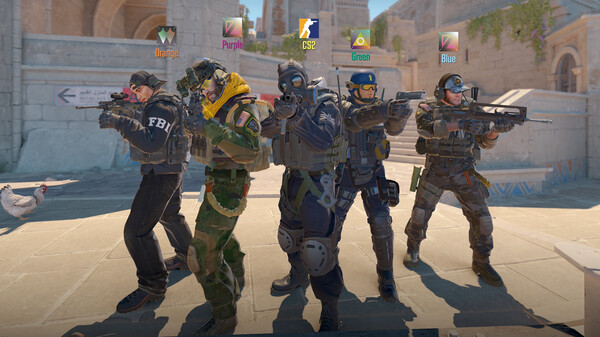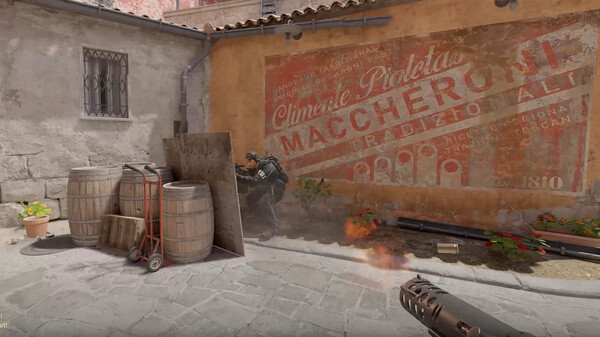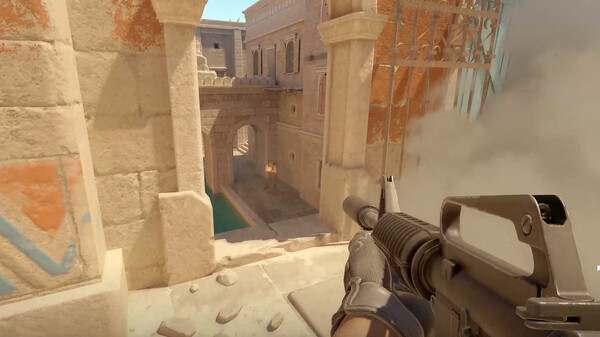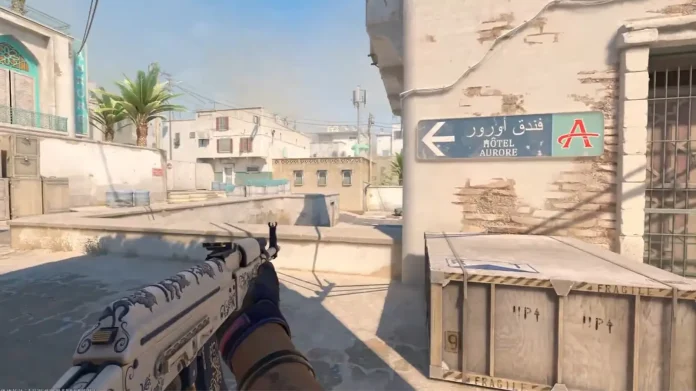Movement is an integral part of any first-person shooter game. This is also true with our beloved game – Counter Strike 2. Skillful movement can be the difference between winning and losing the match. So let’s look at the basics of movement in Counter Strike 2 and check out how the pros do it.
Basics of movement in Counter Strike 2

Valve has managed to keep the movement mechanics very simple and easy to understand. So none of that fancy stuff like gliders, grappling hooks, etc are available in the game. All you have to keep in mind is the ways you can move: Running, Walking and Crouching.
Running is the fastest way to traverse across the map but isn’t very stealthy and makes your movement audible for your opponents. Your accuracy also takes a dip when running. While walking eliminates any movement sounds, it cuts your speed in half which means it takes you double the time to travel the same distance as compared to running. Crouch-walking is the slowest walk you can do in Counter-Strike as the speed is ⅓ of Running. The faster you are moving, the lower the accuracy of your weapon is.
Movement with weapons in Counter Strike 2

Now that you know the basics of movement, let’s take a deep dive into movement speeds.
Your speed of movement is not only dependent on how you move but also depends on what weapon you are carrying in your hand. For example, you can run/walk/crouch-walk the fastest with a knife in your hand (250 units per second while running). On the other hand, the movement speed is the slowest with Machine Guns.
Advanced movements in Counter-Strike 2

Let’s take a look at what strafing and counter-strafing is. To put it simply, strafing means moving sideways. Strafing helps you by enabling you to aim at your opponents while moving sideways or peeking out of a corner.
Counter-strafing is just stopping yourself from strafing in the direction you were already moving, by pressing the opposite direction button. For example, you are strafing left and suddenly you encounter an opponent, now you need to slow yourself down to accurately shoot your opponent. Let me explain to you why this is important. When you press any movement key(W/A/S/D) your character takes half a second to reach its full speed and once you leave the movement key it again takes time for you to come to a stop.
Half a second might not sound much but it can dictate who wins the match. As we already know your movement speed should be low to get higher accuracy out of your weapon, so you need to counter-strafe by pressing the opposite direction button.
Some other movement techniques

Crouch-Jump is a technique where you can jump further than a normal jump. You can compare this to an athlete performing a long jump. How to do it? Start by running(W), then jump(Space), and once at the peak of your jump press your crouch key (Ctrl).
Boosting is a way to enable your teammates to climb and get to a higher place or peak from the top of a tall obstacle. All you have to do is just crouch in front of the tall object your teammate is trying to climb. Then your teammate will have to jump on top of you and then jump onto the tall object.
With that being said, let’s take a look at the guns with the lowest movement speeds:
- Negev – 150 Units per second/75 Units per second while firing
- M249 – 195 Units per second
- AWP – 200 Units per second/150 Units per second while Scoped in
- G3SG1 – 210 Units per second/120 Units per second while Scoped in
- SCAR-20 – 215 Units per second/120 Units per second while Scoped in
Here is the list of guns offering the fastest movement speeds:
- Glock-18 – 240 Units per second
- P2000 – 240 Units per second
- USP-S – 240 Units per second
- P250 – 240 Units per second
- Tec-9 – 240 Units per second
Just knowing this won’t help you become a pro at Counter Strike 2. You will have to invest your time and practice on different maps in Counter-Strike 2. The faster you understand the movement mechanics on an advanced level, the better the performances will be in Counter Strike 2. If you are looking for more exciting news from the world of Counter Strike 2, click here.


